When should this type of transportation be considered?
The proposal of the most efficient and economical way of delivering your cargo is always the most urgent issue for a logistics company. For shipment that, based on the route, quantity of cargo and other conditions, are most efficiently transported by the ships, at SeaRates we have combined the capabilities of first-class Shipowners, Shipping Agencies and Ship Brokers in different countries of the world to provide a full range of ship forwarding services in any ports of the world, as well as ship chartering…..
The freight market remains the most conservative in the industry, and a key role is always played by professionals with a reputation and proficiency. Based on the experience of professionals in the field of chartering with great practical skills, as well as the most modern methods of digital and mathematical modeling in place with statistical algorithms, we manage to provide the most competitive freight rates and the optimal options for transportation of various types of cargo in ship lots, including vehicles and oversized equipment.
In some regions of short-sea navigation, general cargo transportation by vessels has lost its relevance due to its laboriousness, and container transportation has come to replace it, which in this case often turns out to be even cheaper than ship lots. Nevertheless, when the volume of the cargo exceeds 2,000 tons, the carriage in bulk again acquires its relevance, but for its implementation it is necessary to have a special qualification. Not to mention lots of over 50,000 tons (Supramax vessels type), 70,000 tons (Panamax type) and 100,000 tons (Capesize type).
Classification of bulk cargoes
Bulk cargo, in terms of normalizing the conditions for their transportation, are divided into two groups: non-grain and grain.
Non-grain includes goods transported in bulk: ore, ore concentrates, coal, building materials, salt, raw sugar, grain, etc. All these loads consist of homogeneous or inhomogeneous particles of limited size.
All grain cargoes are divided into three groups: cereals, legumes and oilseeds. Physical properties: flowability, shrinkage, density, borehole, thermal conductivity and sorption properties. Biological properties: grain respiration, ripening, germination, self-warming, etc. The carrier must take into account all the specified properties of the cargo and ensure, firstly, rational loading and safe navigation of the ship; secondly, the safety of the goods carried.
Legal basis of transportation by ships
All ships carrying grain in bulk must have on board the relevant documentation developed in accordance with the requirements of Chapter 6 of the SOLAS-74 Convention (the "International Grain Code") and the Rules of the Register.
Transportation of bulk cargoes in international shipping is regulated by the Code of Safe Practice for the Transport of Solid Bulk Cargoes, which have an advisory character, and the Intra-Union Rules for the Safe Transport of Non-grain Bulk Cargoes (RTM 310038-78).
There are also a number of Standards, International Conventions and Regulations that are directly related to the goods carried on board and regulate them. Among them - SOLAS, MARPOL, IMDG Code, standard Gencon, Nype, Synacomex and many others, without understanding which the organization and support of any transportation is impossible for both the shipowner and the charterer.
Podcast
In some regions of short-sea navigation, general cargo transportation by vessels has lost its relevance due to its laboriousness, and container transportation has come to replace it, which in this case often turns out to be even cheaper than ship lots. Nevertheless, when the volume of the cargo exceeds 2,000 tons, the carriage in bulk again acquires its relevance, but for its implementation it is necessary to have a special qualification. Not to mention lots of over 50,000 tons (Supramax vessels type), 70,000 tons (Panamax type) and 100,000 tons (Capesize type).
Classification of bulk cargoes
Bulk cargo, in terms of normalizing the conditions for their transportation, are divided into two groups: non-grain and grain.
Non-grain includes goods transported in bulk: ore, ore concentrates, coal, building materials, salt, raw sugar, grain, etc. All these loads consist of homogeneous or inhomogeneous particles of limited size.
All grain cargoes are divided into three groups: cereals, legumes and oilseeds. Physical properties: flowability, shrinkage, density, borehole, thermal conductivity and sorption properties. Biological properties: grain respiration, ripening, germination, self-warming, etc. The carrier must take into account all the specified properties of the cargo and ensure, firstly, rational loading and safe navigation of the ship; secondly, the safety of the goods carried.
Legal basis of transportation by ships
All ships carrying grain in bulk must have on board the relevant documentation developed in accordance with the requirements of Chapter 6 of the SOLAS-74 Convention (the "International Grain Code") and the Rules of the Register.
Transportation of bulk cargoes in international shipping is regulated by the Code of Safe Practice for the Transport of Solid Bulk Cargoes, which have an advisory character, and the Intra-Union Rules for the Safe Transport of Non-grain Bulk Cargoes (RTM 310038-78).
There are also a number of Standards, International Conventions and Regulations that are directly related to the goods carried on board and regulate them. Among them - SOLAS, MARPOL, IMDG Code, standard Gencon, Nype, Synacomex and many others, without understanding which the organization and support of any transportation is impossible for both the shipowner and the charterer.
Podcast
